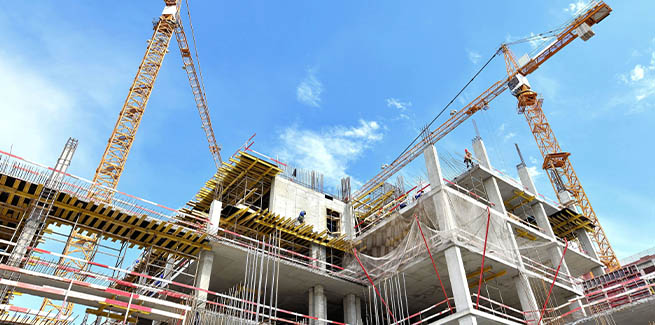According to the Australian Bureau of Statistics’ (ABS) latest data, building approvals slipped 1.2 per cent in June when assessed in seasonally adjust terms.
The decline was driven by a 6.5 per cent slide in unit approvals, offset slightly by a 0.4 per cent increase in house approvals.
In annual terms, dwelling approvals are 25.6 per cent lower than the previous corresponding period, with unit approvals down 39.3 per cent, and house approvals down 14.8 per cent.
Reflecting on the ABS data, ANZ Research noted that the lift in sentiment in response to recent political and economic developments is yet to be reflected in building approval figures.
“The sentiment effects from the election, APRA credit easing and rate cuts are yet to flow through to building approvals data, but we still expect a recovery as a result of these changes,” the research group noted.
Maree Kilroy, economist at BIS Oxford Economics, added that she expects building approval figures to remain weak throughout 2019.
“Despite recent stimulus measures, the downwards trend in houses is set to continue over the remainder of 2019 given the weakness in land sales and the lag to the approval stage,” she said.
“Risk to the downside for the apartment market remains with apartment pre-sales remaining weak and build quality concerns escalating.”
Senior economist at AMP Capital Diana Mousina, also noted the broader economic implications of the decline in building approvals.
“Falling housing construction is negative for GDP growth over the next year but lower home construction also has negative flow on effects to other industries, like construction services and retail,” she said.
“Jobs growth in areas related to housing construction will also decline and we see the unemployment rate moving from 5 per cent currently to 5.5 per cent over the next six months.
“Along with the negative wealth effect hitting consumers as home prices decline, we see the growth environment in Australia remaining constrained which is also occurring as underlying inflation is declining.”
However, according to BIS Oxford’s Building in Australia 2019-2034 report, released earlier this week, a strong rebound in building activity is expected from 2020-21 onwards as “interest rate cuts, easing mortgage serviceability tests and first home buyer stimulus help facilitate a broad recovery”.
Robert Meller, managing director of BIS Oxford, added: “Total building activity is anticipated to climb near its previous peak over the coming five years.
“Strong population growth, a rising national dwelling stock deficiency and housing stimulus are set to provide considerable support to the residential building and renovation sectors, while non-residential building is projected to remain elevated at a high base over the medium term.”
[Related: Queensland and WA to lead next residential boom]
 ;
;